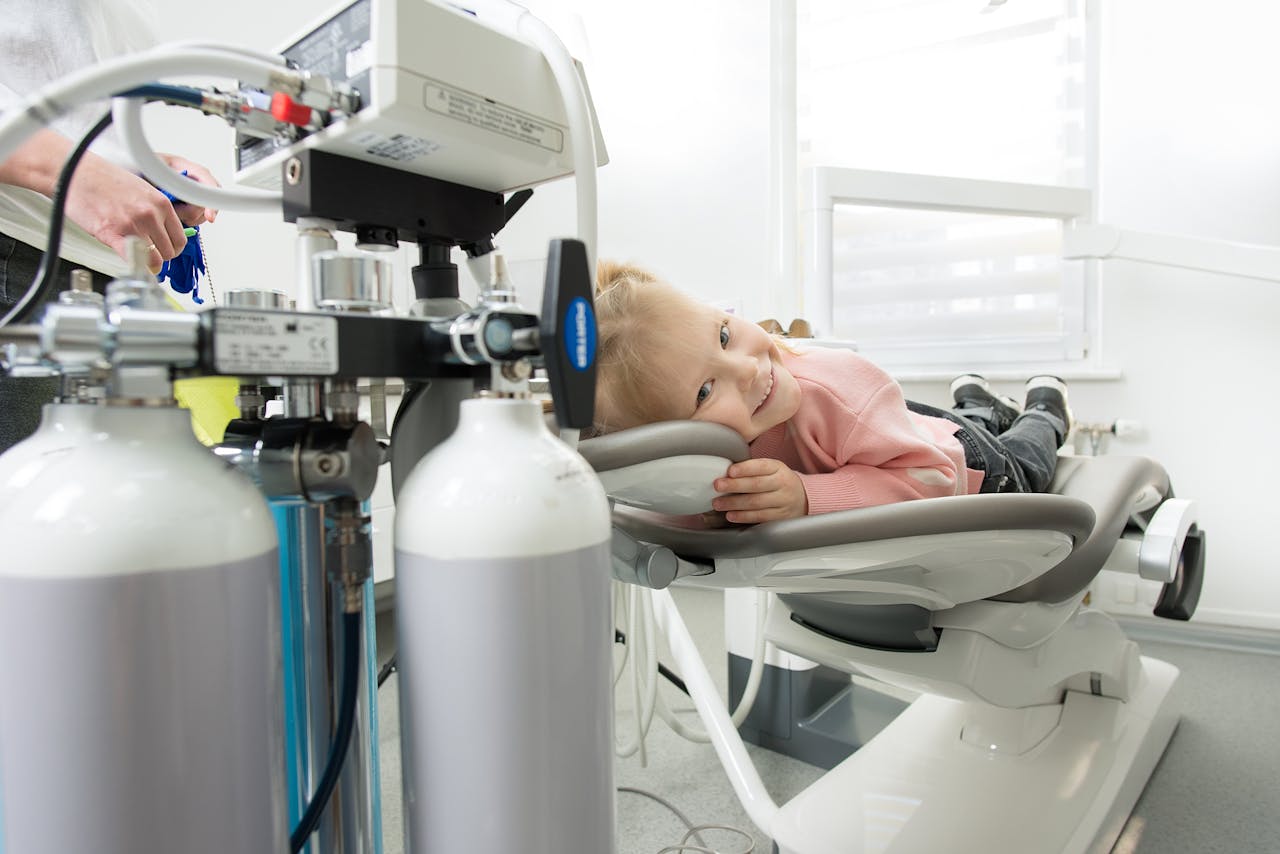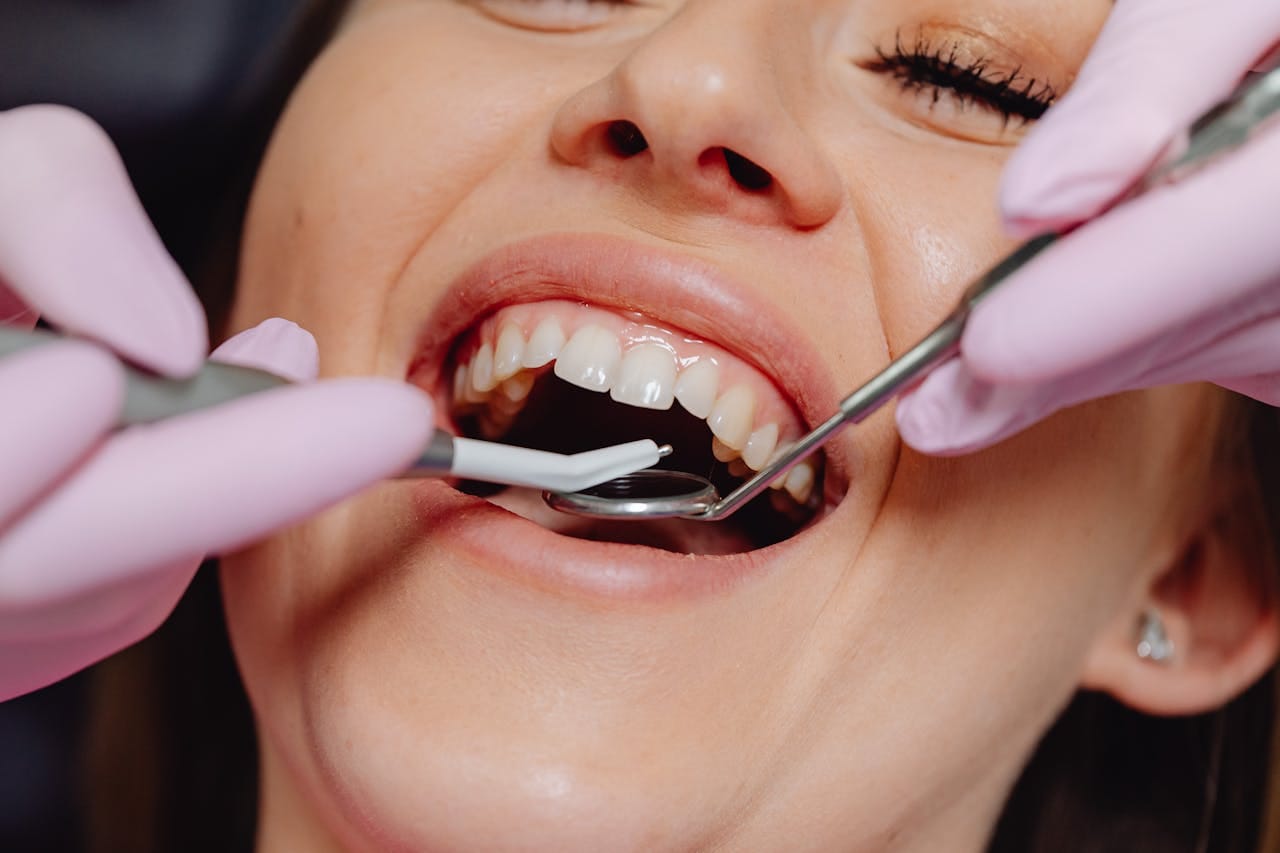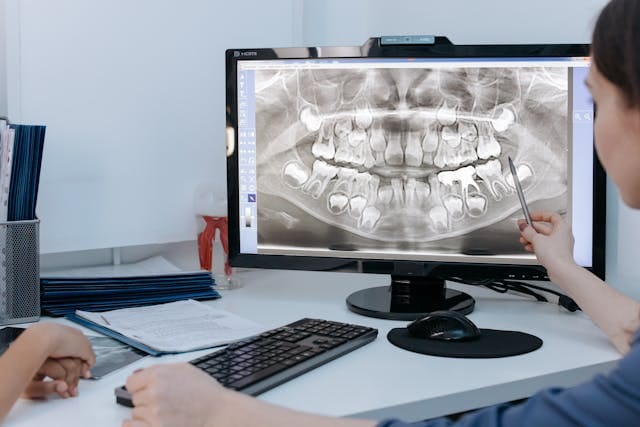Dental Implants vs. Bridges: Which Is Right for You?

Introduction
Missing a tooth? You’re not alone. Fortunately, modern dentistry offers two excellent solutions: dental implants and bridges. Millions of Americans face this issue from decay, injury, or age every year. But how do you know which one is right for you? It’s not just about replacing a tooth—it’s about restoring your smile, confidence, and oral health. Let’s dive deep into the pros, cons, and details to help you make the best choice, and see how Fullerton Dental Art can guide you every step of the way.
Understanding Dental Implant
What Are Dental Implant?
Dental implants are artificial tooth roots, usually made of titanium, that are surgically inserted into the jawbone. Once in place, they support a crown that looks and functions like a natural tooth.
Components of an Implant
An implant consists of three parts:
- Implant post – the screw inserted into the bone.
- Abutment – connects the post to the crown.
- Crown – the visible part that mimics a natural tooth.
How Dental Implant Work
After the implant is placed, your jawbone fuses with it in a process called osseointegration, creating a stable foundation. This makes implants incredibly secure and long-lasting.
Types of Dental Implant
Depending on your needs, you may receive:
- Single-tooth implants
- Implant-supported bridges
- All-on-4 implants for full arch replacements
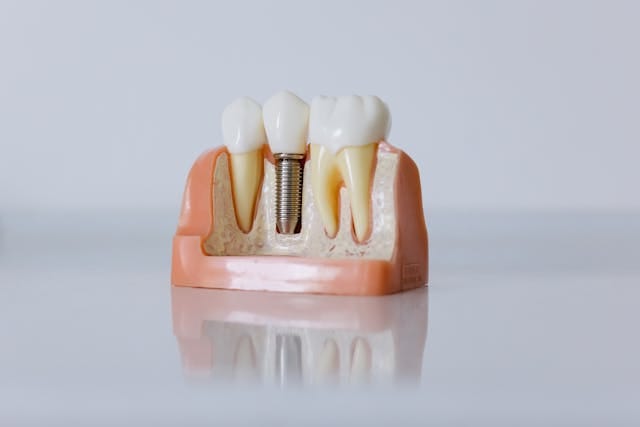
Understanding Dental Bridges
What Are Dental Bridges?
A dental bridge is a prosthetic device that fills the gap left by a missing tooth. It uses surrounding teeth as anchors to hold a false tooth (pontic) in place.
Types of Dental Bridges
- Traditional Bridge – supported by crowns on adjacent teeth.
- Cantilever Bridge – anchored on only one side.
- Maryland Bridge – uses metal or porcelain framework attached to the back of adjacent teeth.
- Implant-supported Bridge – combines implants with a bridge structure.
How Dental Bridges Work
Bridges don’t require surgery. The dentist prepares the surrounding teeth, places crowns, and fits the bridge over the gap to restore function and appearance.
Key Differences Between Implants and Bridges
Procedure
Implants require surgery and healing time, while bridges are quicker and less invasive, typically completed in two dental visits.
Longevity
Implants can last 20+ years, often a lifetime with good care. Bridges usually last 7–15 years before needing replacement.
Aesthetics
Both look natural, but implants offer better gum contouring and prevent bone loss, which can affect facial shape.
Cost
Implants are more expensive initially but may be more cost-effective long-term. Bridges are more budget-friendly upfront.
Pros and Cons of Dental Implants
Advantages
- Permanent solution
- Prevents bone loss
- Feels and looks natural
- Doesn’t affect nearby teeth
- High success rate
Disadvantages
- Requires surgery
- Higher upfront cost
- Longer healing time
- Not suitable for everyone (bone loss or medical conditions)
Pros and Cons of Dental Bridges
Advantages
- Faster procedure
- No surgery required
- More affordable
- Good aesthetics
Disadvantages
- May require shaving healthy teeth
- Doesn’t prevent bone loss
- Shorter lifespan
- Can stress adjacent teeth
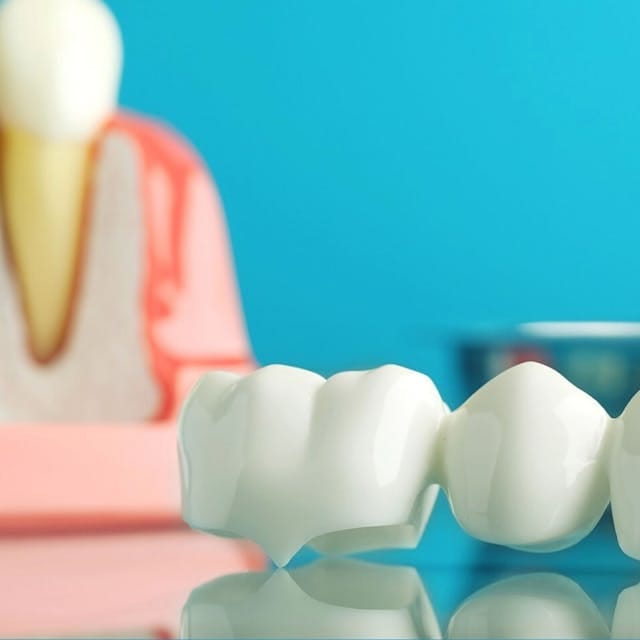
Factors to Consider When Choosing
Bone Health
If you have sufficient jawbone, implants are ideal. If not, a bone graft or bridge might be the better route.
Budget
Implants cost more but last longer. Bridges cost less but might need replacement down the road.
Number of Missing Teeth
One missing tooth? Either will do. Multiple missing teeth? Implants or implant-supported bridges may be more practical.
Oral Hygiene Habits
Implants are easier to clean and maintain. Bridges require diligent flossing under the pontic area to prevent decay.
Which Option Feels More Natural?
Implants feel more like real teeth because they’re anchored into your jaw. There’s no shifting or extra pressure on neighboring teeth—just a seamless fit and natural function.
Which Option Lasts Longer?
With proper care, implants can last a lifetime. Bridges, on the other hand, may need replacement every 7 to 15 years due to wear and tear.
Maintenance and Care
- Implants: Brush and floss like normal teeth. Routine dental visits are key.
- Bridges: Extra care is needed to clean under the bridge. Special floss or tools might be required.
Recovery and Healing Time
- Implants: 3–6 months for full healing
- Bridges: No recovery downtime; results are almost immediate
A Look at Fullerton Dental Art
Expert Implant and Bridge Services
Located at 717 N Placentia Ave, Fullerton, CA 92831, Fullerton Dental Art specializes in custom-tailored tooth replacement solutions. Whether you’re leaning toward an implant or bridge, their expert team will evaluate your situation and create a plan just for you.
Why Fullerton Residents Trust Us
With advanced technology, a compassionate team, and decades of experience, Fullerton Dental Art provides comfortable, long-lasting dental care in a state-of-the-art setting. Their patients rave about the natural feel of their new smiles—and you could be next.
Conclusion
Choosing between dental implants and bridges isn’t a one-size-fits-all decision. It comes down to your oral health, budget, lifestyle, and goals. While implants offer durability and a natural feel, bridges provide quicker results with less upfront cost. If you’re in the Fullerton area, don’t navigate this decision alone. Visit Fullerton Dental Art for a personalized consultation and take the first step toward a confident, restored smile.
FAQs
1. Are implants painful to get?
Most patients report only minor discomfort. The procedure is done under anesthesia, and recovery is usually smooth with proper care.
2. Can a dental bridge be replaced with an implant later?
Absolutely! Many patients start with a bridge and later opt for implants as their needs or finances change.
3. Which option is better for front teeth?
Implants tend to look more natural and don’t impact nearby teeth, making them ideal for visible areas like the front teeth.
4. How do I know if I’m a candidate for implants?
You’ll need healthy gums and sufficient jawbone. A consultation at Fullerton Dental Art will determine if you’re eligible.
5. Does insurance cover bridges or implants?
Insurance may cover part of a bridge, but implants are often considered cosmetic. Check with your provider or ask Fullerton Dental Art’s team for help navigating coverage.
Fullerton Dental Art Contact Details
Location: 717 N PLACENTIA AVE FULLERTON, CA 92831
Phone: +1-714-577-0105
Book An Appointment Now in Fullerton, CA
Latest Post
101 Pediatric Dentistry: Creating Positive Dental Experiences

Introduction To Pediatric Dentistry Pediatric dentistry is about more than just treating tiny teeth; it’s about nurturing a lifetime of healthy smiles. Ensuring that…
Achieve A Better Dental Health with Fullerton Dental Art

Introduction Dental health is crucial not just for a brighter smile, but for overall well-being. At Fullerton Dental Art, we are dedicated to providing…
Best 3 Types of Dental Cleaning in Fullerton, CA

Introduction to Types of Dental Cleaning Keeping your teeth clean isn’t just about looking good—it’s essential for overall health. Let us discuss the types…
Best 5 Tips for Maintaining Healthy Teeth and Gums

Maintaining healthy teeth and gums is essential for a bright smile and well-being. Proper oral care not only boosts your confidence but also prevents…
Best Dental Tips for Parents and Kids

Getting ready for a new school year involves more than just shopping for supplies and organizing schedules. Oral health plays a crucial role in…
Best Digital Dentistry For Fullerton

Introduction Digital Dentistry Technology is transforming the dental industry at an unprecedented pace, making treatments more efficient, accurate, and comfortable for patients. Fullerton Dental…
Best Family Dentist in Fullerton: For All Ages

Introduction Finding the right family dentist doesn’t have to feel like searching for a needle in a haystack. At Fullerton Dental Art, located at…
Best Food That Helps to Improve Dental Health

Introduction Taking care of your teeth isn’t just about having a sparkling smile; it’s a crucial part of overall health. Poor dental health can…

